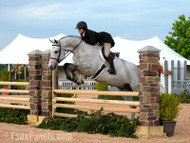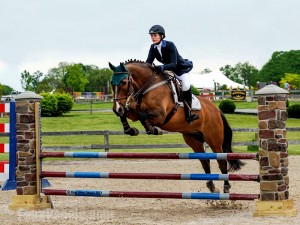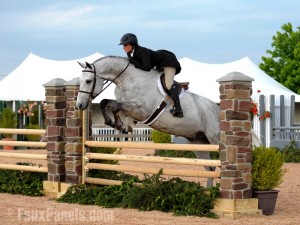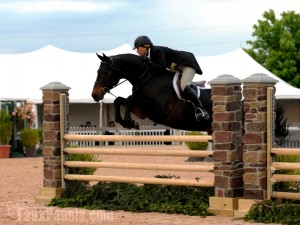
Why faux pillars work perfectly in the equestrian sport of Show Jumping
First appearing in the Olympic Games in 1900, the equestrian sport known as Show Jumping is now a thriving spectator sport in the United States. Since gaining in popularity in the United States in 1917, it has come to be as well received as Thoroughbred horse racing.
Horse jumps are works of art on their own, adding to the spectacle of competitions.
4 Advantages of Using Faux Pillars for Horse Jumps
In the sport, the jockeys negotiate a circuitous and complex course of horse jumps, where every jump stands on its own as a unique work of art. The result is nearly always a colorful and impressive course. For many, the courses themselves are even as much of a spectacle as the competition is. At big events, in fact, companies sponsor different jumps.
While every jump needs to be created as an individual work of art, they also need to be safe for the horses and their riders. Additionally, convenience for building horse jumps is something that needs to be taken into account when jumps are built. For these reasons, faux pillars and columns are gaining favor with show organizers.
Constructed out of highly durable MDPE (Medium Density Polyethylene), Ashford columns are perfect for use in horse jump designs. In addition to possessing the classic look of natural stone, down to the smallest details, the columns possess advantages that real stone columns simply don’t. Below, we’ll take a look at four advantages in particular the columns offer when used for this purpose.
First Advantage: Lightweight
Between competitions, the course circuits are changed. Therefore, the jumps need to be moved regularly in order to accommodate each new circuit configuration. Jumps made of real stone would pose a great inconvenience to the show organizers tasked with moving them.
The light weight of faux stone eliminates this problem.
Second Advantage: Safety
In competitions, jumps have a solid build, but are designed to break apart if a horse gets caught on one. That way, the horse is able to save itself from falling. Jump columns made of real stone, however, could seriously injure a horse and its jockey.
A jump built with faux columns removes this danger. When struck, they come apart fairly easily.
Third Advantage: Customization
Horse jumps frequently need to be adjusted for varying heights and lengths. Normally, this is done with the use of brackets built into the sides of the jump posts that the jumping pole can rest on.
With faux columns, the adjustable brackets can be screwed into the sides more easily than onto ones made of real stone. This feature gives the jump more options for adjustments when it comes to the needs of the horse show. It also helps it come apart more easily for safety purposes.
Constructed with a material that can be drilled and cut with basic tools, faux stone columns make it easy for designers to customize as they see fit.
Fourth Advantage: Weatherproof
With a weatherproof durability, the pillarsare able to stand up to the elements like no traditional construction material can. With that in mind, they can be used again and again.
Taken together, these benefits demonstrate why more show jumping designers are adopting faux pillars for their own unique uses. Have you thought of how they can suit unique uses of your own?
Shop Related Products





